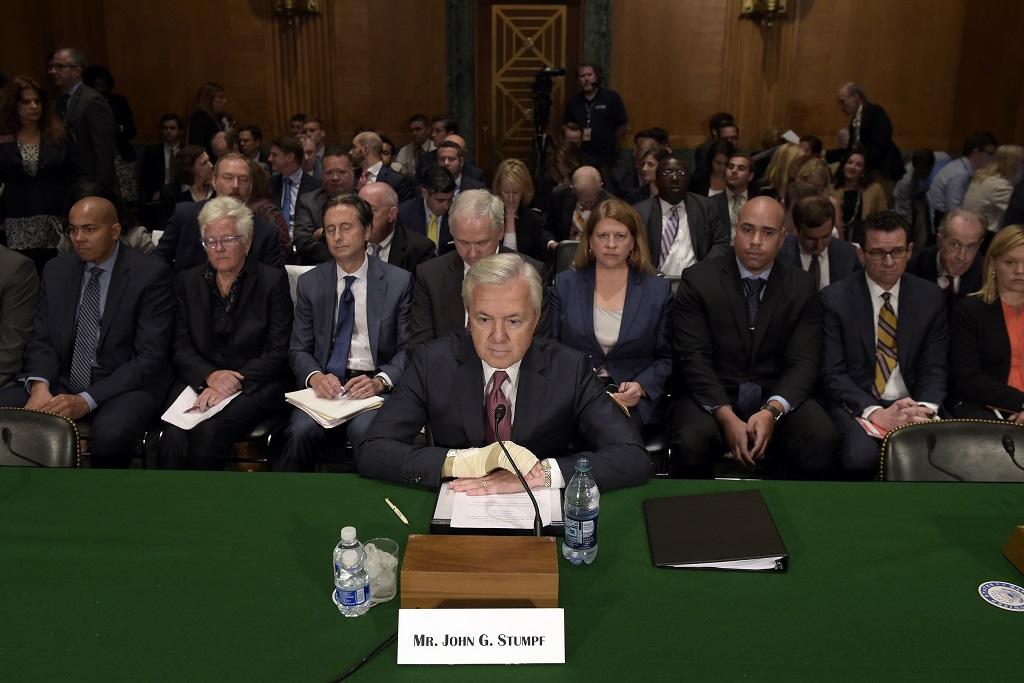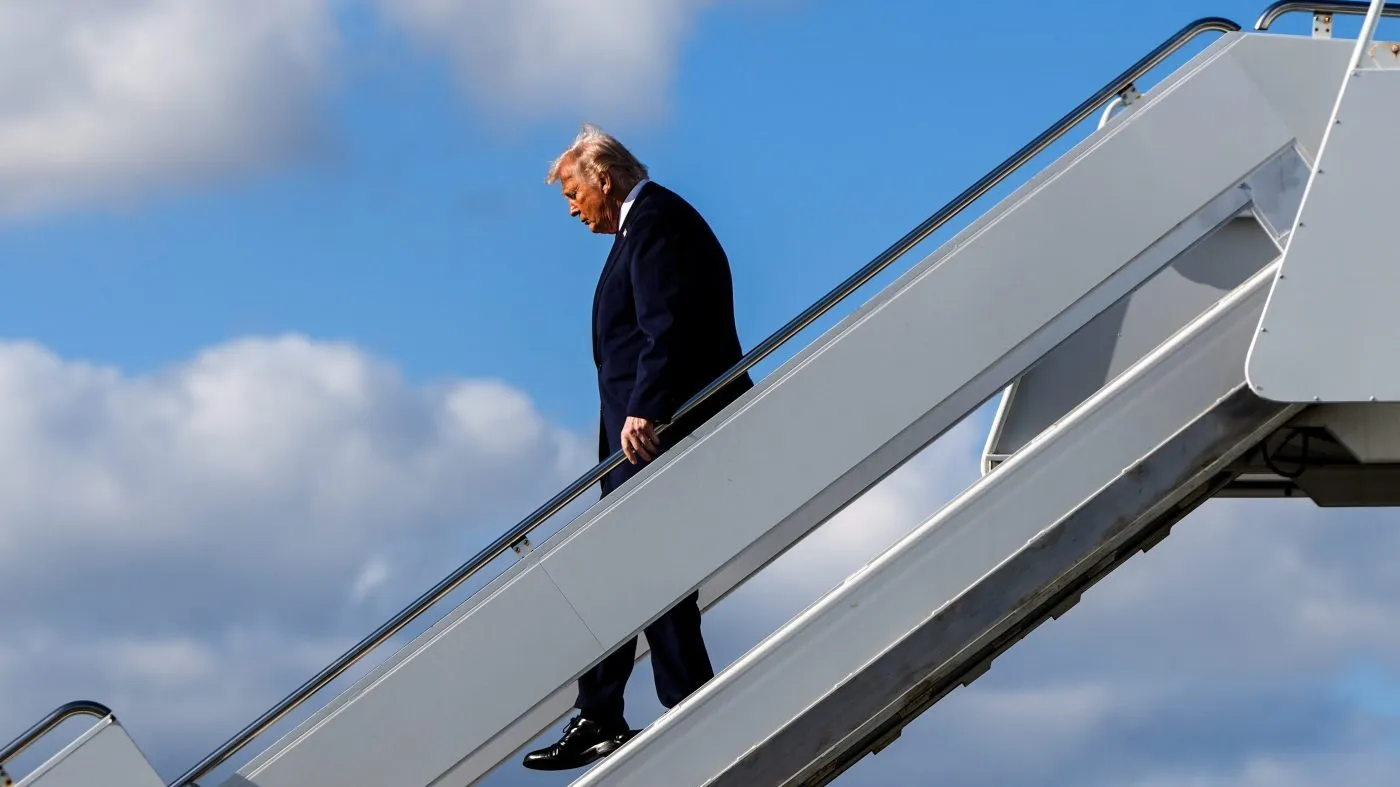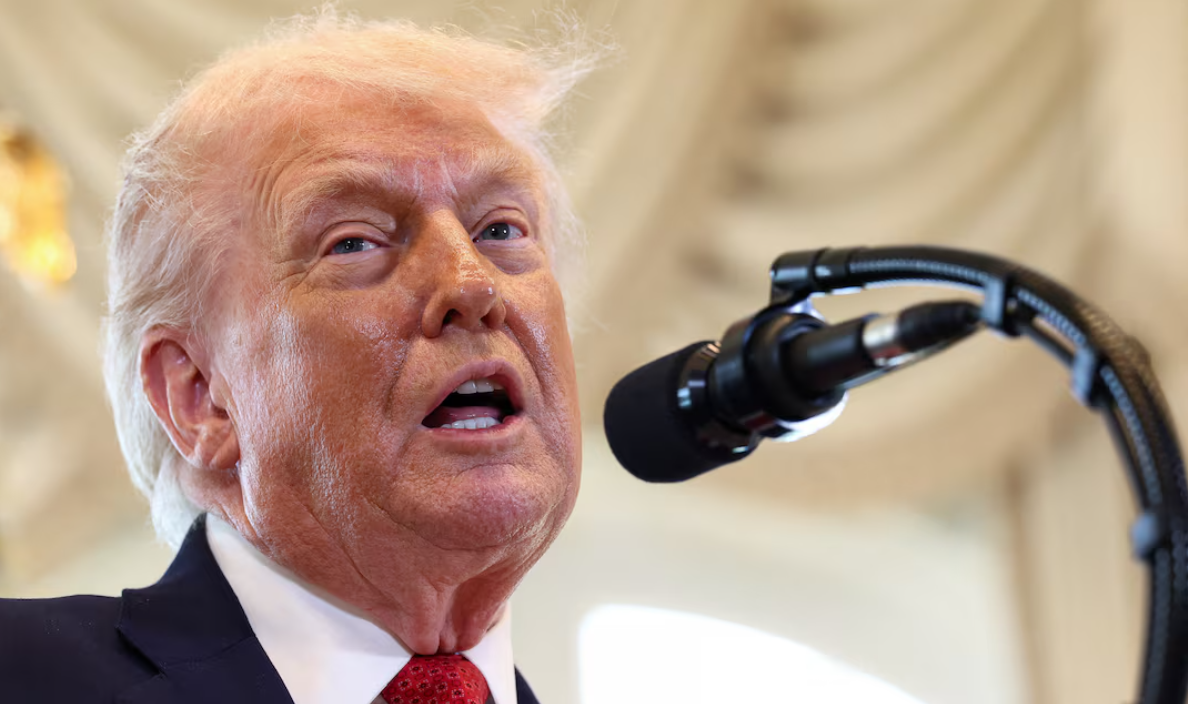Beginning in 2011, Wells Fargo, today the country’s fourth-largest bank, launched a cross-selling plan to persuade existing bank customers to buy other products. This dubious but legal business model metastasized into a scheme where the bank opened extra checking and savings accounts and provided credit cards without the customer’s consent.
The number of fraudulent accounts eventually totaled more than three million. That gross fraud produced excess costs to consumers, lucrative fees for the bank, and fat paydays for bank executives, particularly through their stock options. The cross-selling scheme was mostly an attempt to prove to investors that the company was growing, and as the stock rose, executives who were paid through equity awards benefited.
When the scheme unraveled, two Wells Fargo CEOs were eventually forced out. Some 5,600 low-level employees, who had been pressured by their managers to carry out the illegal ploy, were scapegoated and lost their jobs. The bank paid fines in the hundreds of millions.
One senior executive, who was responsible for executing the design and aggressively pressuring employees to carry it out, faced criminal charges. But last Friday, Carrie Tolstedt, the chief of the bank’s retail operations for a decade, managed to avoid prison time, continuing a long pattern in which senior bankers, who create gross frauds and cause the suffering of millions of people, never go to jail.
Tolstedt was sentenced by a federal judge in Los Angeles to three years’ probation, six months of home confinement, 120 hours of community service, and a token fine of $100,000. (Previously, Tolstedt paid a $17 million fine to settle separate charges with the Office of the Comptroller of the Currency, which makes that $100,000 fine look even more ineffectual.)
The judge, Josephine Staton, was an Obama appointee. The Justice Department, which launches criminal prosecutions of bankers with the greatest reluctance, had prosecuted Tolstedt for the most minor of several possible offenses, failure to cooperate with regulators. In March, Tolstedt agreed to a plea bargain that might have included jail, but didn’t.
Tolstedt’s avoidance of prison is the perfect symbol of a bank regulatory and accountability system that is still broken, 15 years after the great financial collapse and 13 years after the Dodd-Frank Act supposedly ended “too big to fail.” It did not.
Today’s big banks are bigger and more concentrated than ever. They take excessive risks in order to fatten executive pay, knowing that government will have to bail them out if they get into trouble, because of the catastrophic risk of systemic contagion. This was exactly the script that government followed after the collapse in 2008, and the script that Dodd-Frank was supposed to prevent ever recurring: Privatize the gain, socialize the loss.
Even the Biden administration, which has some unusually strong and public-minded regulators, has been unable to alter these fundamental patterns.
Last week, the indispensable reform group Better Markets convened a one-day conference with an all-star cast of critics, scholars, and regulators, to do a postmortem on why and how Dodd-Frank did not do the job and why “too big to fail” is more of a menace than ever. The conference was one of the best I’ve ever seen, and you can watch it for yourself on YouTube.
To summarize a complex story, the core problem was that bank regulators, overly influenced by industry, failed to use the tools that Dodd-Frank gave them. They didn’t even use their pre-existing regulatory powers.
They allowed mergers and acquisitions that made the industry still more concentrated. They failed to break up giant banks. They failed to require banks that returned to profitability after the giant post-crisis bailouts to pay some of the money back. They never fully implemented the Volcker Rule prohibiting bank proprietary trading in credit derivatives. They never funded the Orderly Liquidation Authority provided by Dodd-Frank, which would enable the Federal Deposit Insurance Corporation to wind down big banks with no hit to the insurance fund.
They failed to drastically increase bank capital requirements so that banks would be more likely to absorb their own losses from excessive risks rather than running to government for bailouts, and think twice about incurring those risks in the first place. (Even the relatively modest capital requirement increases being pursued today are under enormous pressure by the big banks.) Only rarely did they use their power to claw back bank profits or executive pay from illicit acts. At the level of bank examination and supervision, regulators were far too lax at taking a close look at bank balance sheets and risky new products and strategies. And exactly one senior banker, not a CEO, went to prison.
A Trump-era law, S.2155, promoted by the banking industry, deliberately weakened the Dodd-Frank Act, which had set a threshold of $50 billion as the level at which banks came in for extra regulatory scrutiny. The law, passed in 2018, raised that to $250 billion, exempting 25 of the nation’s 38 largest banks. It gave regulators discretion to lower that to $100 billion when necessary, an option that regulators did not use. Disgracefully, 17 Democratic senators and 33 House Democrats voted for it.
Even the Biden administration, which has some unusually strong and public-minded regulators such as SEC Chair Gary Gensler and Consumer Financial Protection Bureau Chair Rohit Chopra, both of whom spoke eloquently at the Better Markets conference, has been unable to alter these fundamental patterns. The administration also suffers from captured regulators, such as OCC acting director Michael Hsu and CFTC chief Rostin Behnam, as well as much of the Federal Reserve and the Treasury, including its bank-friendly secretary Janet Yellen.
The failure of Dodd-Frank, as applied, was on vivid display in three recent bank failures. In the cases of Silicon Valley Bank, Signature Bank, and First Republic Bank, government opted to rescue uninsured depositors and did not penalize offending executives. The business models of regional banks left them overexposed to very large uninsured deposits subject to runs and the spike in interest rates enacted by the Fed. Executives failed to appreciate that a shortage of liquidity would force them to sell long-term bonds at a loss, leading to insolvency.
Bank supervisors also totally missed these risks. When these banks failed, regulators feared contagion to other banks. All of these banks were below the $250 billion threshold, even Silicon Valley Bank, which was the nation’s 16th-largest.
Even worse, as the Prospect has pointed out, when First Republic failed, the Treasury encouraged JPMorgan Chase to buy it. The FDIC lost $13 billion on that deal, while JPMorgan made a profit of $3 billion, and became even bigger.
The preamble to the Dodd-Frank Act declared that it would end both “too big to fail” and the risk of future taxpayer bailouts. But today, even medium-sized banks subject to inadequate supervision are deemed too big to fail, and receive government bailouts.
At the Better Markets conference and elsewhere, one interesting phrase crept into the discussion: banks as public utilities. This is also the subject of a new paper by Vanderbilt University’s Morgan Ricks and Columbia’s Lev Menand, both former Treasury officials. The current banking system has allowed bankers to use strategies that are so opaque and intricate that they defy good regulation, which has become an infinite game of whack-a-mole. Dodd-Frank required more than 400 separate rulemakings, some of which are not yet complete after 13 years.
What’s needed is a return to plain-vanilla banking, in which commercial banks, which enjoy government deposit insurance and are part of the monetary system, take deposits and make loans, while not being permitted to engage in complex financial plays such as credit derivatives. Investment bankers would be a separate industry, with their own capital at risk, but very closely supervised by the SEC. The tax and regulatory loopholes that facilitate private equity and hedge funds—now larger than the commercial banking sector—would be closed. For good measure, we could use a true consumer public option, such as expanded postal banking. And the giant banks that inevitably pose systemic risks should be broken up.
Alas, this is far more radical than anything in mainstream debate. But as recent events have made clear, more modest reforms are just as hard to implement, and they don’t do the job of making the financial sector servant of the real economy rather than master. We’ve reached a point where liberal reforms require radical remedies.




